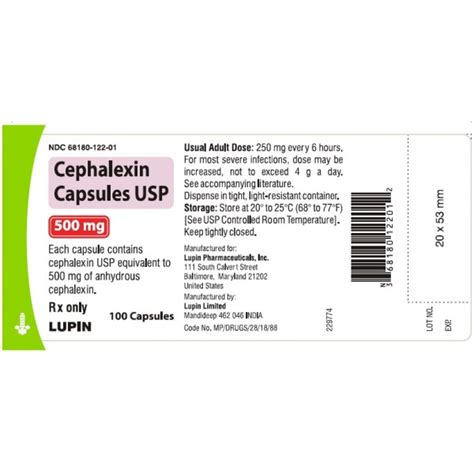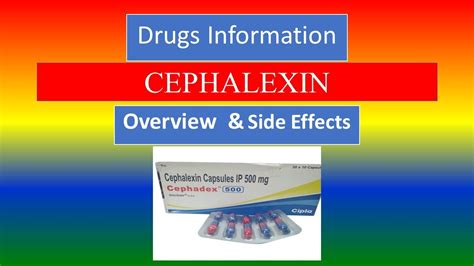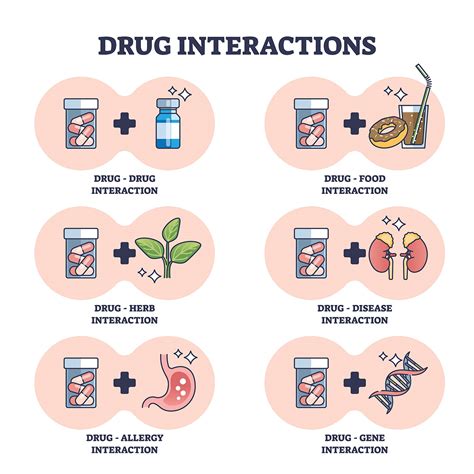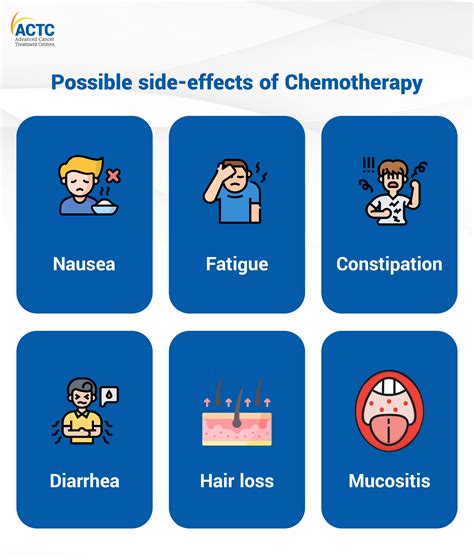Intro
Discover Cephalexin 500mg side effects, interactions, and warnings. Learn about antibiotic resistance, dosage, and common reactions like diarrhea, nausea, and allergic responses to this cephalosporin medication.
The importance of understanding the potential side effects of medications cannot be overstated, especially when it comes to commonly prescribed antibiotics like Cephalexin. Cephalexin 500mg is a widely used antibiotic that belongs to the cephalosporin group, effective against a broad spectrum of bacterial infections. However, like all medications, it comes with its own set of potential side effects that patients should be aware of. Understanding these side effects can help individuals make informed decisions about their health and ensure they are using their medication safely and effectively.
Cephalexin is prescribed for various bacterial infections, including those affecting the respiratory tract, skin, and urinary tract. Its effectiveness in treating these conditions has made it a staple in many healthcare settings. Despite its benefits, the possibility of side effects necessitates careful consideration and monitoring. Side effects can range from mild and temporary to severe and potentially life-threatening, although the latter are rare. Being aware of what to expect can reduce anxiety and improve adherence to treatment plans.
The impact of Cephalexin on public health is significant, given its widespread use. As with any antibiotic, there's a concern about antibiotic resistance, which can limit the drug's effectiveness over time. Furthermore, individual reactions to the drug can vary greatly, emphasizing the need for personalized medical care and close supervision during treatment. By exploring the side effects associated with Cephalexin 500mg, patients and healthcare providers can work together to minimize risks and maximize the benefits of this important antibiotic.
Cephalexin 500mg Overview

How Cephalexin Works
The mechanism of action of Cephalexin involves binding to and inhibiting penicillin-binding proteins (PBPs) located inside the bacterial cell wall. This inhibition results in a weakened cell wall that cannot withstand osmotic pressure, leading to cell lysis and death. This action is specific to bacteria and does not affect human cells, making Cephalexin a targeted therapy for bacterial infections.Common Side Effects of Cephalexin 500mg

These side effects are usually mild and temporary, resolving on their own once the medication is stopped. However, if they are severe or persistent, patients should consult their healthcare provider.
Less Common but Serious Side Effects
In addition to the common side effects, there are less common but potentially serious side effects of Cephalexin 500mg. These include: - Allergic reactions, which can range from mild skin rashes to severe anaphylaxis - Clostridioides difficile (C. diff) infection, which can cause severe diarrhea and colitis - Stevens-Johnson syndrome, a rare but serious disorder of the skin and mucous membranes - Increased risk of seizures, especially in patients with a history of seizure disordersIt is crucial for patients to seek immediate medical attention if they experience any signs of these serious side effects.
Interactions with Other Medications

Patients should inform their healthcare provider about all medications they are currently taking to avoid potential drug interactions.
Precautions and Contraindications
There are certain precautions and contraindications to consider when taking Cephalexin 500mg. These include: - Allergy to cephalosporins or penicillins, as cross-reactivity can occur - Pregnancy and breastfeeding, as the drug can pass into breast milk and potentially affect the baby - Renal impairment, as Cephalexin is excreted by the kidneys and may require dose adjustmentManagement of Side Effects

Regular follow-up with a healthcare provider is essential to monitor the effectiveness of the treatment and manage any side effects that may arise.
Role of Healthcare Providers
Healthcare providers play a critical role in the management of Cephalexin 500mg side effects. They can: - Provide guidance on the proper use of the medication - Monitor patients for signs of side effects - Adjust the treatment plan as necessary to minimize risks - Educate patients on what to expect and how to manage side effectsConclusion and Future Directions

Final Thoughts
The journey to optimal health involves being informed and proactive. For those considering or currently taking Cephalexin 500mg, staying engaged with healthcare providers and being mindful of potential side effects can make a significant difference in the treatment experience. By working together, we can harness the benefits of this important antibiotic while minimizing its risks.What is Cephalexin 500mg used for?
+Cephalexin 500mg is used to treat bacterial infections, including those of the respiratory tract, skin, and urinary tract.
Can I take Cephalexin 500mg if I am allergic to penicillin?
+It is generally not recommended to take Cephalexin if you have a known allergy to penicillin due to the risk of cross-reactivity. However, this should be discussed with a healthcare provider.
How long does it take for Cephalexin 500mg to start working?
+The onset of action of Cephalexin 500mg can vary depending on the infection being treated but is typically within a few hours of taking the first dose.
We invite you to share your thoughts and experiences with Cephalexin 500mg in the comments below. Your insights can help others make informed decisions about their health. If you found this article informative, please consider sharing it with others who might benefit from this information. Together, we can promote better understanding and management of bacterial infections and their treatments.
